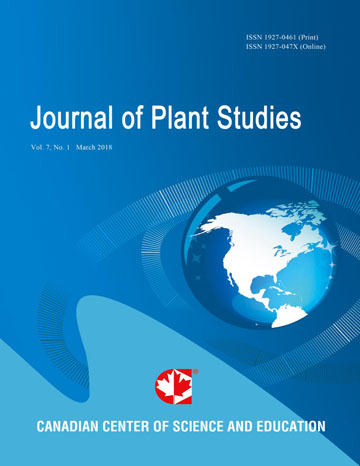Analogue Particle and Random Packing Models of Ecological Community Formation
- David Scott
Abstract
The apparent constancy of the near linear relationship between logarithm of a specie’s abundance in a community and their rank order led to a brief review of existing species abundance distribution (SAD) models; a proposal of three further classes of analogue models; and an evaluation of a meta data set of empirical vegetation composition data.
A new class of models is proposed considered particle packing of circles (2D) or spheres (3D) as representing individuals of species which under different scenarios of arrival, growth, displacement and mortality determine community maximum packing and SAD.
Besides the existing random models treating each species as an entity, two further classes are added which considered dismantling rather than assembly models, or retaining identity of taxa species through successive stages of assembly or dismantling models.
In each of the models, the resulting form of the SAD was dependent on which metric of an individual (density, area, volume etc) was used as a measure of abundance.
A comparison was made between the resulting 576 different models and 432 sets of 10 species and 110 sets of 5 species empirical observations. There was a wide variation in species proportions and a lack of clustering around a particular model.
In those comparisons, the particle packing models of individuals were as good as the random models treating species as an entity and did offer a functional explanation of the formation of the SAD.
In most models and empirical data the species ranking is done retrospectively so there will always be a high negative correlation between abundance and rank implying a need for a revaluation of the ecological significance of the relationship.
- Full Text:
 PDF
PDF
- DOI:10.5539/jps.v3n2p58
Index
- AGRICOLA
- CAB Abstracts
- CABI
- CAS (American Chemical Society)
- CNKI Scholar
- Elektronische Zeitschriftenbibliothek (EZB)
- Excellence in Research for Australia (ERA)
- Google Scholar
- JournalTOCs
- Mendeley
- Open policy finder
- Scilit
- Standard Periodical Directory
- Technische Informationsbibliothek (TIB)
- WorldCat
Contact
- Joan LeeEditorial Assistant
- jps@ccsenet.org
